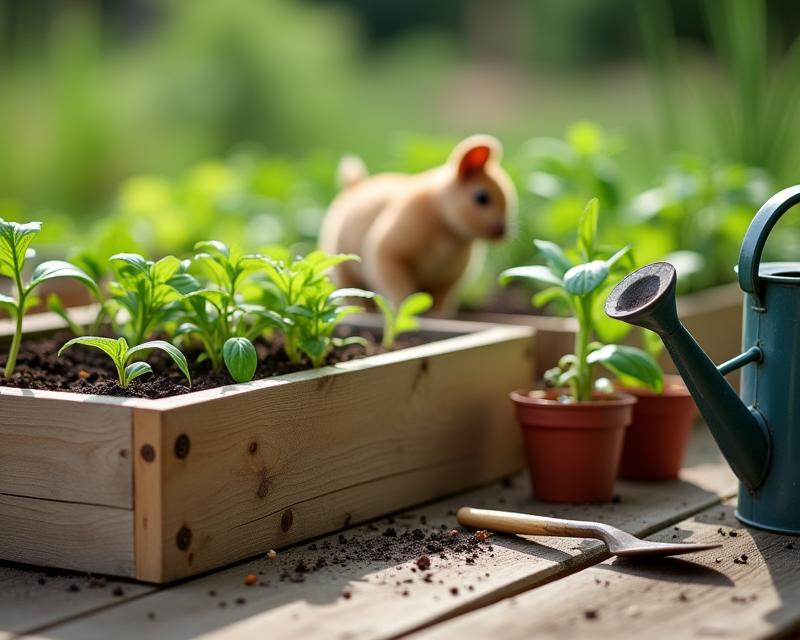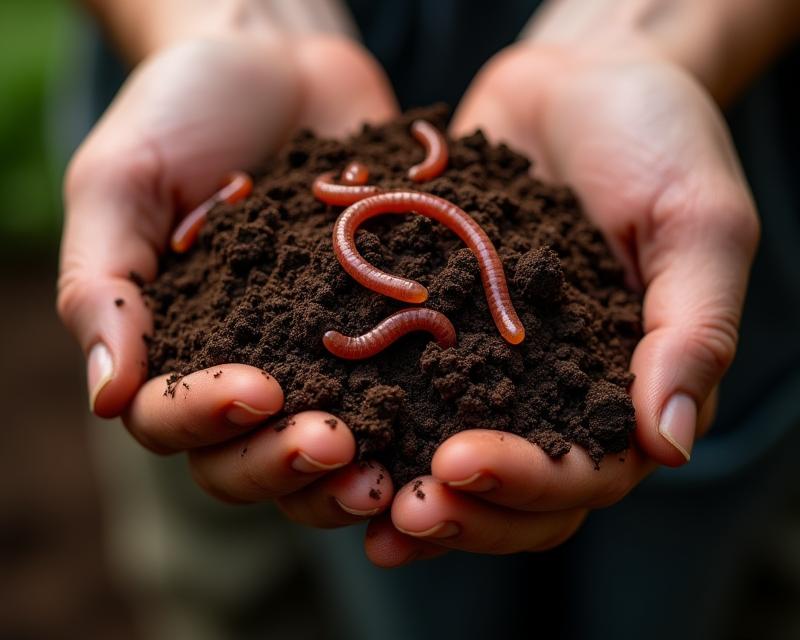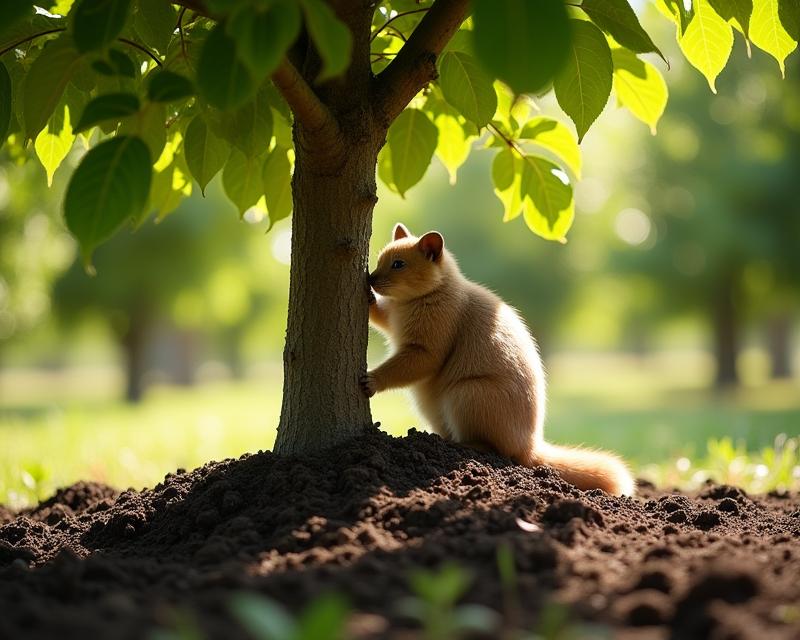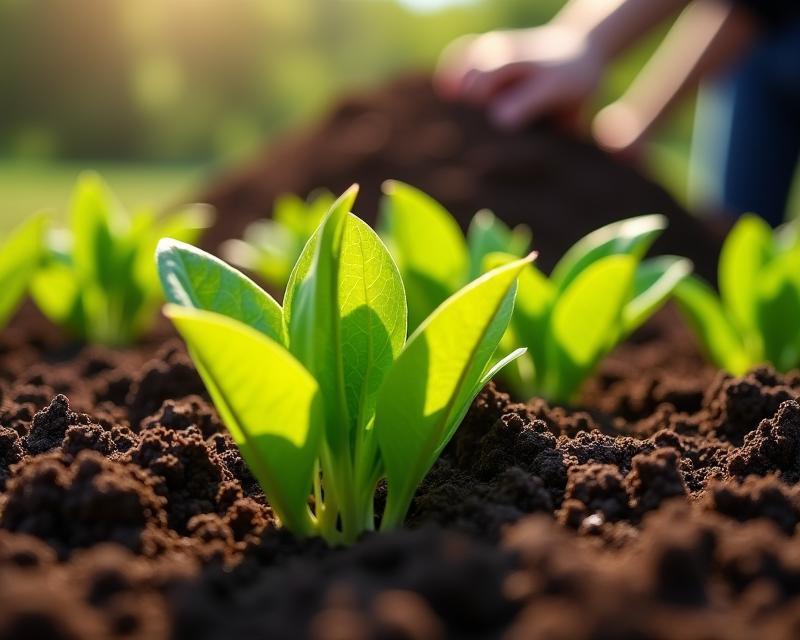Budget-Friendly Veggie Garden: Under $50!
Publish in Organic Gardening & Farming el 23/07/2025 17:03
Budget-Friendly Veggie Garden: Under $50!
Starting a vegetable garden can be incredibly rewarding, providing fresh, healthy food right from your backyard. But the cost can sometimes seem daunting, especially for beginners. Don't worry! You absolutely *can* create a thriving garden on a shoestring budget. This guide will show you how to get started with essential tools, seeds, and supplies for under $50. It's all about smart choices and resourceful solutions!

Tools You Can Find Cheaply (or Borrow!)
You don't need fancy, expensive equipment to begin. Look for used tools at garage sales, thrift stores, or online marketplaces like Facebook Marketplace or Craigslist. A good quality hand trowel ($5-$10) is essential for planting. A sturdy garden fork ($10-$15) is great for turning soil and weeding. You might even be able to borrow some larger tools like a shovel or wheelbarrow from a friend or neighbor. Consider repurposing items you already have – an old bucket can be a seed starting container, and a sturdy stick can be a plant marker.
Seed Selection: Prioritize & Save!
Seeds are a key investment. Focus on inexpensive, easy-to-grow vegetables like radishes, lettuce, beans, and zucchini. You can often find seed packets for under $2 each. Check out local seed swaps – these are fantastic opportunities to exchange seeds with other gardeners and expand your variety without spending a dime! Many seed companies also offer bulk seed options which can be more cost-effective. Don't forget to save seeds from your harvest for next year – it's a great way to build a sustainable and budget-friendly garden.
Supplies: DIY & Repurpose!
Forget expensive raised beds! You can create simple garden beds using rocks, logs, or even just defining the edges with soil. For soil amendments, consider composting kitchen scraps and yard waste – this is free fertilizer! You can also use coffee grounds as a soil amendment, as they are rich in nitrogen. To deter pests, try making your own natural pest control solutions like soapy water or garlic spray. Finally, consider using recycled materials for plant markers – popsicle sticks, stones, or even painted bottle caps work perfectly.
With a little planning and creativity, you can absolutely enjoy the benefits of a bountiful vegetable garden without breaking the bank. It's a fantastic way to learn about food production, connect with nature, and enjoy fresh, healthy produce. Happy gardening!
- Tip: Start small! A 4x4 foot raised bed is a great size for beginners.
- Tip: Water deeply and less frequently to encourage strong root growth.
- Tip: Mulch your garden beds with straw or wood chips to retain moisture and suppress weeds.





